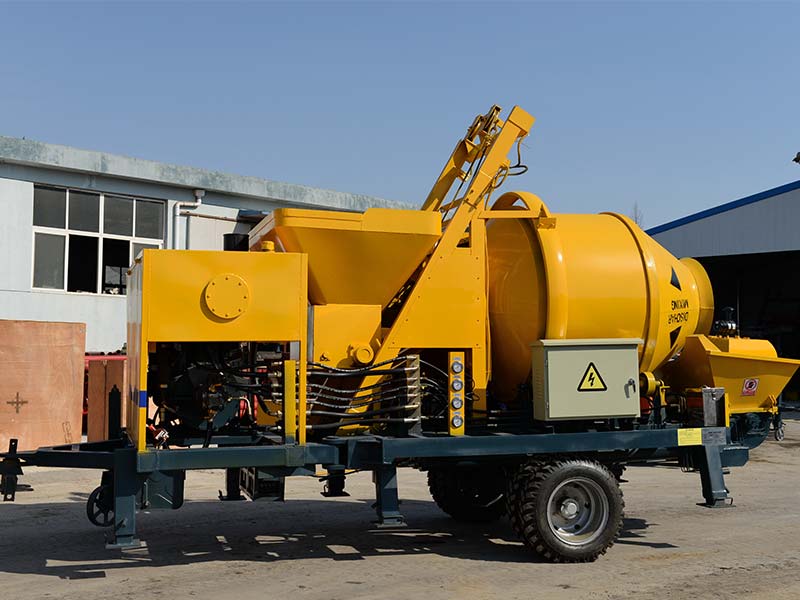What are the maintaining a concrete mixer pump?
Concrete mixer pump plays a crucial role in construction projects, seamlessly blending and transporting concrete to various job sites. To ensure optimal performance and longevity of your concrete mixer pump, it's essential to adhere to best practices in maintenance. In this comprehensive guide, we delve into key strategies to keep your equipment in top-notch condition, surpassing the information provided by competitors.

Regular Inspection and Cleaning
Regular inspection and cleaning are fundamental steps in maintaining a concrete mixer pump. Begin by checking for any signs of wear and tear, focusing on components like the mixing drum, hydraulic system, and pipelines. Addressing minor issues promptly can prevent major breakdowns and prolong the life of your equipment.
Lubrication Matters
In the world of concrete mixer pumps, proper lubrication is the backbone of efficiency. Regularly lubricate all moving parts to reduce friction and prevent premature wear. Pay special attention to the mixer's blades, bearings, and the entire hydraulic system. Utilizing high-quality lubricants enhances performance and minimizes the risk of unexpected malfunctions.
Calibration for Precision
Calibration is a critical aspect often overlooked. Ensure the calibration of your concrete mixer pump is accurate, as it directly influences the quality and consistency of the concrete mix. Precise calibration guarantees that your equipment delivers the right proportions of materials, meeting project specifications with unmatched accuracy.
Temperature Management
Concrete mixer pumps operate in diverse environmental conditions. Controlling the operating temperature is paramount to prevent overheating and subsequent damage. Regularly monitor the temperature of the hydraulic system and engine. Adequate ventilation and cooling systems are essential to maintain optimal working conditions.
Thorough Cleaning of Mixing Drum
The mixing drum is the heart of any concrete mixer pump. A thorough cleaning after each use prevents the accumulation of hardened concrete, which can impair performance. Use a combination of high-pressure water and appropriate cleaning agents to eliminate residues and maintain the integrity of the drum.
Preventing Concrete Segregation
Concrete segregation can compromise the quality of your construction projects. Implement measures to prevent the separation of aggregates during the mixing and pumping process. This includes careful selection of concrete mix design, proper handling of materials, and optimizing the pump's speed and operation.
Regular Training for Operators
Equip your operators with the necessary skills and knowledge through regular training programs. Well-trained personnel can identify potential issues early on, perform routine maintenance tasks, and operate the concrete mixer pump with precision. Investing in continuous education pays off in terms of equipment longevity and overall project efficiency.
Emergency Preparedness
Despite meticulous maintenance, unforeseen issues can arise. Establish a robust emergency preparedness plan to address unexpected breakdowns promptly. This includes keeping essential spare parts on hand, having a reliable maintenance team, and ensuring operators are trained in emergency procedures.
Conclusion
In conclusion, maintaining a concrete pump requires a proactive approach to ensure optimal performance and durability. Regular inspections, proper lubrication, precise calibration, temperature management, and thorough cleaning are essential components of a comprehensive maintenance strategy. Additionally, preventing concrete segregation, providing regular training for operators, and having a solid emergency preparedness plan further contribute to the longevity and efficiency of your equipment.

评论
发表评论